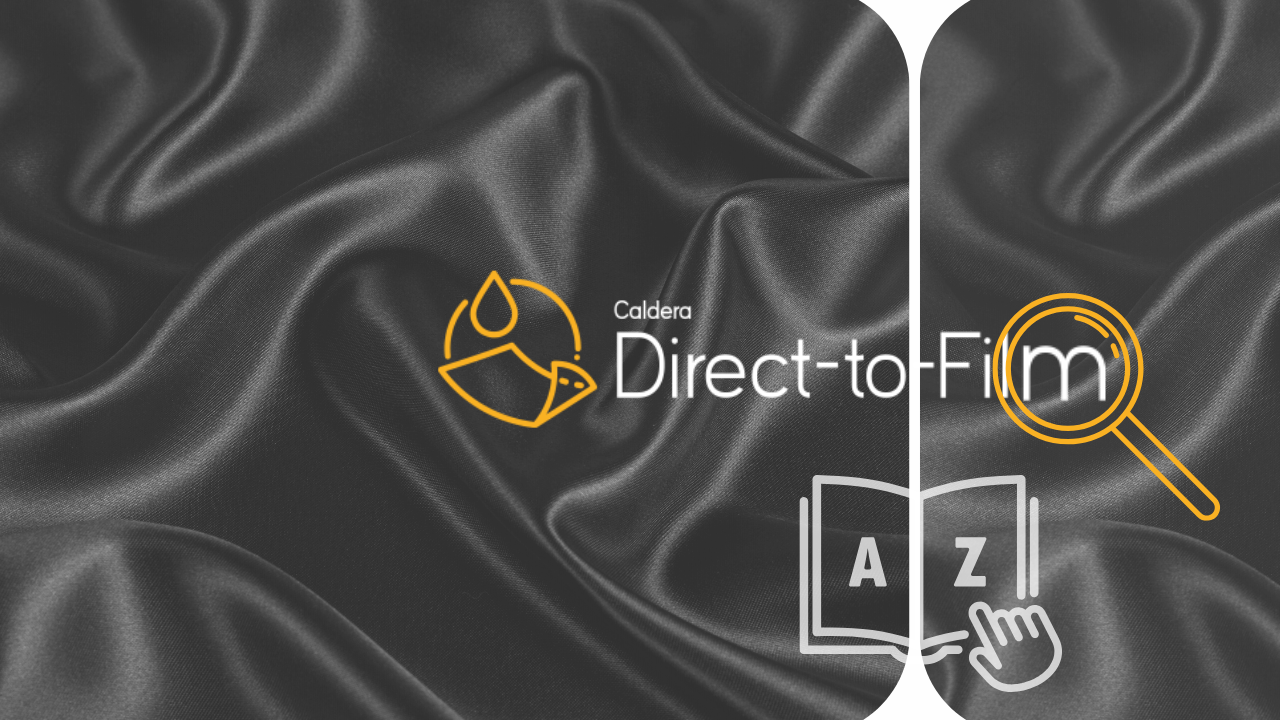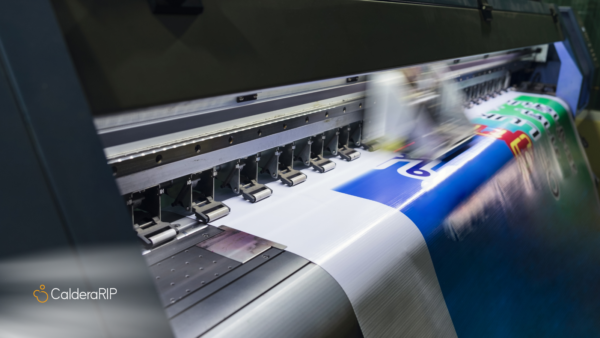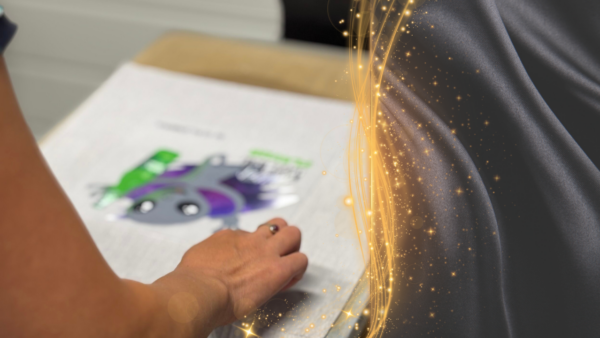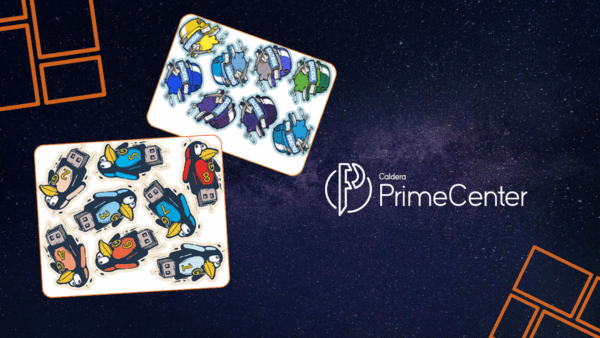
Understanding key terms in DTF printing
July 21, 2025
Direct-to-Film printing, also known as DTF printing, is a printing method employed by many printers. T-shirt businesses and printers choose DTF printing for its high-quality results and speed. To choose the right process, they go through a series of terms and checklists. This includes color management, production, color output, and many others. What looks simple is, in reality, a whole deeper process. But the good news is that there is nothing scary about this. Once you master the terms, you can proceed with DTF applications.
This article is your DTF glossary that you can use whenever you forget a word or want to check the definition of the terms used in DTF printing.
DTF printer(s)
A DTF printer is specifically designed to print on a transfer film. It looks like a typical printer, but its printing method and functioning are different. These printers lay down the design in CMYK colors, followed by a white ink layer. We won’t get into the technical details of a DTF printer, because once you understand how it functions, you won’t have to be familiar with its small technical details.
PET Film or DTF transfer film
The technical term is Polyethylene Terephthalate, but you don’t have to pronounce it every time you ask for more PET films. They are a type of transparent films that look like a roll or paper. You can use them to print your design and transfer it later. Yes, the heat resistance of these films allows you to peel them off from your garment without compromising the quality of your design. Cool, right?
DTF inks
You will definitely need these. DTF inks are pigment-based inks made for flexibility and stretch. They include CMYK inks for full-color prints and white ink for the underbase, which is crucial for printing on dark garments.
Hot Melt Adhesive Powder
This powder has an adhesive function that will help bond your design to the fabric. Once you print your design on the PET film, it is coated with an adhesive powder. During heat pressing, this powder melts into the design and fabric to create the bond and quality you want.
Heat pressing
It refers to the process of placing the film on your garment and pressing it using a heat press. In order to achieve this, you will have to check the standard temperature, which is usually between 140–160°C (285–320°F) for 10–20 seconds, depending on the type of film and powder used.
Hot peel
Hot Peel films can be peeled off immediately after pressing
Cold peel
The transfer film is allowed to cool completely before being peeled off.
Gang Sheet
A gang sheet is a single PET film containing multiple designs printed in one pass. This saves time and material, especially when doing bulk or custom jobs.
Other terms
| Underbase | An underbase is a layer of white ink printed beneath the colored inks. It serves as a base to make the printed colors appear accurate, especially when transferring onto dark or colored garments. |
| Pre-Press Treatment | Prepress treatments refer to all the preparation steps taken before the actual printing process begins, regardless of the printing method (DTF, screen printing, DTG, etc.). These treatments guarantee print quality, adhesion, and durability. |
| Softness/Hand Feel | Softness or handfeel refers to how a printed or finished fabric feels to the touch: its texture, smoothness, and flexibility. Of course, this depends on the type of fabric used. |
| Post-Press | Post-press refers to everything that happens after the print is completed, to finalize the product and prepare it for use or sale. |
What is a DTF RIP software?
RIP (Raster Image Processor) software is essential in DTF printing. It controls color output, ink layering (especially white underbase), and resolution.
Caldera Direct-to-Film RIP software, for instance, allows you to achieve true-to-brand colors and accelerate production, all while autonomously learning about DTF printing.
Related articles


